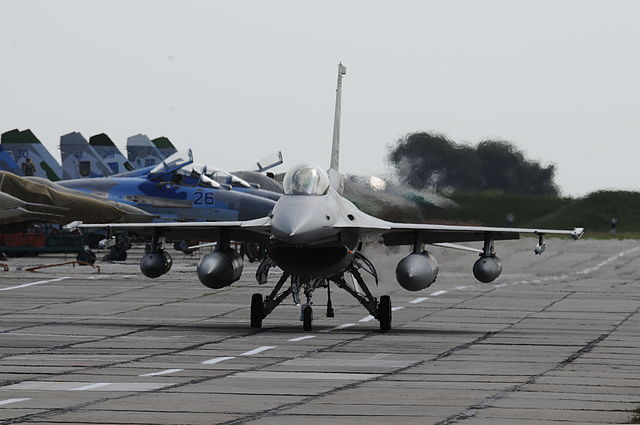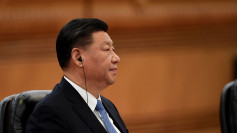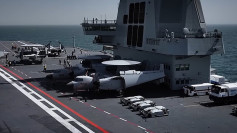Russia claimed on Thursday that its air defenses successfully shot down a Ukrainian F-16 fighter jet in the Zaporizhzhia region, a significant escalation in the ongoing conflict between Moscow and Kyiv. The aircraft, allegedly downed at its launch site, marks a rare claim of success against Ukraine's NATO-supplied jets. Ukrainian authorities have yet to confirm or respond to the reports.
According to Russia's state news agency RIA Novosti, Vladimir Rogov, a Kremlin-installed leader in the occupied region, stated that the F-16 was intercepted after it launched a missile. However, conflicting accounts emerged from Tass, which suggested the aircraft was shot down "before preparing a missile strike on the region."
The reported incident is the second known loss of an F-16 by Ukraine since receiving the advanced jets from Western allies earlier this year. In August, a Ukrainian F-16 crashed during an effort to repel Russian missile and drone attacks. Initial investigations suggested the crash could have been a friendly-fire incident involving Ukraine's Patriot air defense system.
If verified, the downing of the F-16 would mark a symbolic victory for Russia. The Kremlin has long viewed Ukraine's acquisition of these advanced fighter jets as a direct threat, particularly given their deployment against Russian aerial forces. The stakes were heightened earlier this year when Russian firms, including oil equipment manufacturer Fores, announced a bounty of 15 million rubles (approximately $145,000) for the destruction of the first F-16 in Ukraine.
"Payment for the downed F-16 is our contribution to supporting those who risk their lives every day for the security of the Motherland," Fores Director General Sergey Shmotyev told Tass. He described the incentive as part of a broader strategy to motivate Russian forces amid the conflict.
Ukraine received its initial F-16 fighter jets in August through donations from NATO member states, including Denmark and the Netherlands. These jets, equipped with advanced avionics, missile systems, and electronic warfare capabilities, have significantly bolstered Ukraine's air defense amid sustained Russian missile and drone strikes. Ukrainian President Volodymyr Zelenskyy recently hailed the arrival of a second batch of F-16s from Denmark, calling it a "strengthening of our air shield."
Despite their effectiveness, the loss of an F-16, particularly to Russian fire, raises concerns about the sustainability of Ukraine's air defense strategy. The jets are seen as critical assets in intercepting Russian cruise missiles and drones, and their presence in the conflict has drawn the ire of Moscow. Russian Foreign Minister Sergei Lavrov previously warned that delivering F-16s to Ukraine would be interpreted as a provocative "signal action" by NATO.
Compounding the situation, reports indicate that Ukrainian F-16s have encountered logistical hurdles, including delayed deliveries and pilot training. A recent Belgian report revealed that the first shipment of promised F-16s from Belgium is unlikely to arrive until 2025, a timeline that may hinder Kyiv's ability to scale its air defense operations.
The F-16 is widely regarded as a game-changer for Ukraine's military, bridging a critical gap in its outdated fleet of Soviet-era fighters. Outfitted with state-of-the-art technology such as the AIM-120 medium-range missiles and advanced electronic warfare systems, the jets have already demonstrated their value by neutralizing multiple Russian targets in recent months.
While the reported loss of an F-16 represents a setback, it does not diminish the platform's overall importance in Ukraine's strategy to counter Russian aggression. Analysts have noted that the jets' advanced features, including the ability to intercept targets with precision and operate in heavily contested environments, remain pivotal to Kyiv's efforts.






